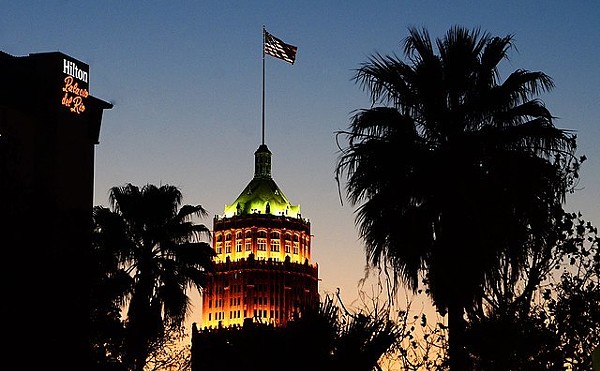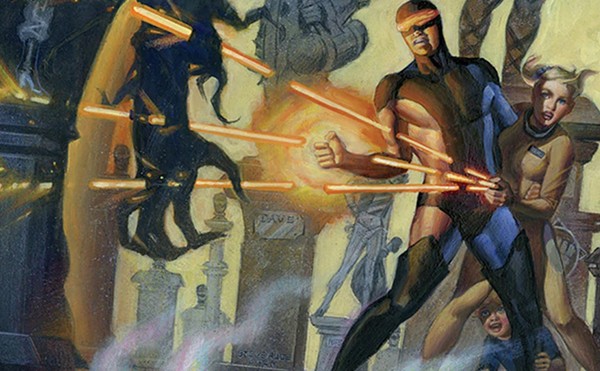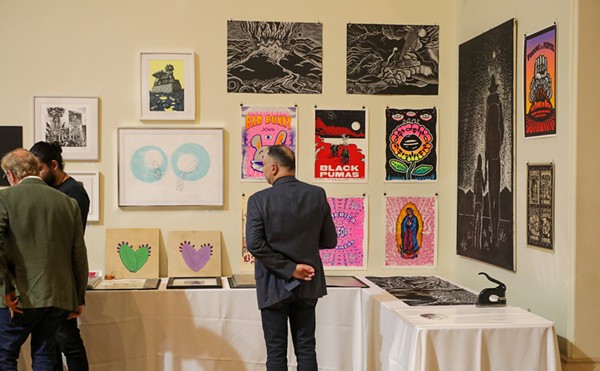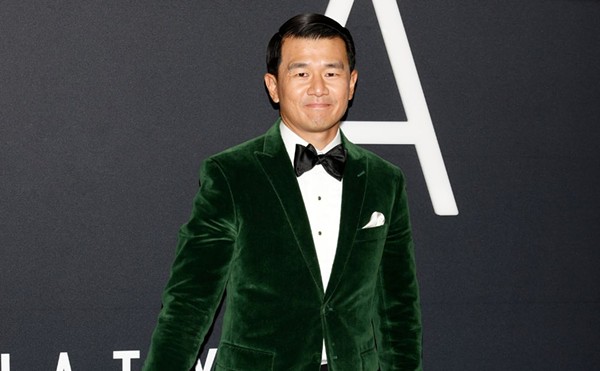It’s tricky to not get jaded by art-world politics. Despite the vast number of artists who go peacefully about their aesthetic pursuits, there’s always somebody older, younger, more established, or else a flash in the pan, with more clout, less pretension (more pretension?), etc., etc., ad infinitum, that has an “edge,” a style, or a gimmick. Or else there’s a postmodern academic/curator/art historian to justify/dismiss (with a paradoxically vehement coolness) the trend of the decade. That’s why it’s really valuable to have a well-researched, intelligent, even-handed, and educated analysis of the art controversies that have shaped the larger social politics of our often provincial-minded
Superpower of a nation. Cultural historian Michael Kammen gives us just that in his most recent foray into one of the quirkier facets of American democracy: the art controversy.
The first “Hooray!” I shouted about this fine book was because Kammen takes a historical view of the topic. He specifically states, and reiterates, that to understand the cultural underpinnings and social import of the recent spate of controversies that have made national headlines — the infamous “NEA four” trials that began in 1989 and continued for nearly eight years, and the notorious (if obviously titled) Sensation exhibition at the Brooklyn Museum — one has to understand the historical roots, which go back almost to the founding of our nation.
After an excellent introduction exploring historical and contemporary rhetoric about the very notion of controversy in the arts — both its destructive aspects and its inherent value to a healthy democracy — Kammen moves on to a discussion of the most obvious of publicly funded (and therefore contested) art forms: monuments and memorials. In particular, he focuses on those in our nation’s capitol and the formal, aesthetic, and funding debates that have surrounded almost every single one of them, from the early 19th-century to the present.
Kammen then addresses one of the most common sources of status-quo discomfort in the chapter titled “Nudity, Decency and Morality.” Lest the reader find the historical prudery amusing, it’s still the prime source of scandal. Those shifting sexual mores, despite some superficial acceptance, haven’t actually shifted a whole hell of a lot.
There is one chapter that should be required reading: “Coming to Terms With Modernism,” in which Kammen offers one of the most concise, accessible and honest treatments of the subject that I’ve ever seen. As much as postmodern academics may want to move beyond it, it’s clear that the bulk of the population is still trying to come to terms with stylistic and philosophical shifts from 100 years ago — and in some ways, rightly so.
The art world can be tediously self-referential. Kammen’s great strength is his balanced and generally unbiased reliance on both
scholarly and popular criticism, along with artist and layperson perspectives on either side of a particular issue. Although there are moments where his acceptance of stated motivations and opinions borders on naïve, his exposition of the opinions of critics, artists, judges, and the populace at large is instructive.
The book progresses in a logical sequence, and the selection of controversial events is both comprehensive and illustrative of a larger, more relevant truth: In most cases, after the hullabaloo dies down, few people even remember what all the fuss was about. Does that represent cultural amnesia or signs of a healthy democracy?
Kammen deals with the politicization of the arts during and after World War II, the lingering anti-modernist residue of McCarthyism, the vast socio-political shifts of the 1960s, public art, and the changing role of the American art museum from repository of the past to active participant in both elite and populist spheres. These are weighty, important issues that raise relevant questions about the role of the arts in sustaining democratic ideals. Issues, in short, that require a balanced, historical perspective. •
















